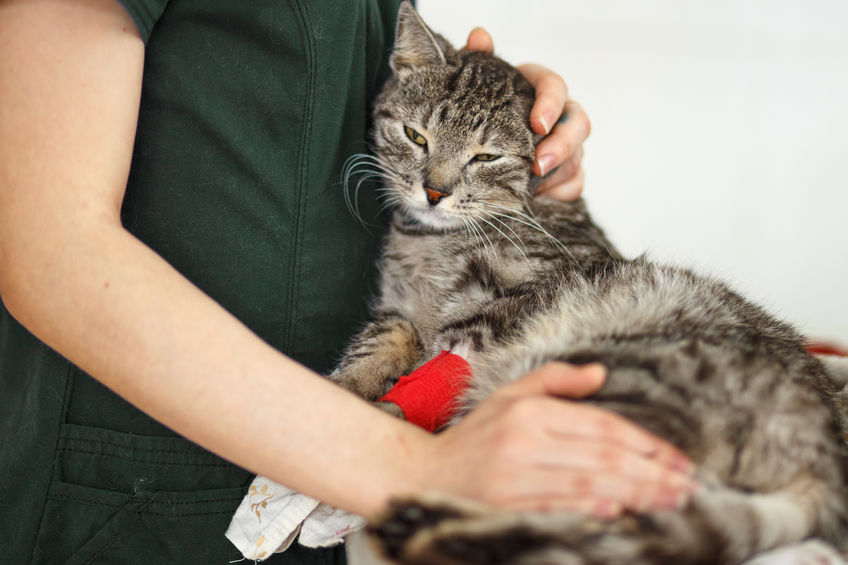Introducing the Ward Phlebitis Scoring Chart 2018: A reflective and personal practical review and approach
Introducing the Ward Phlebitis Scoring Chart 2018: A reflective and personal practical review and approach

Requires membership/payment
This article can be accessed via RCVS Knowledge Library Membership (click here).
In our edition of: Feb 2019
In our categories of: practice management
our summary:
Ward, A. (2018) Introducing the Ward Phlebitis Scoring Chart 2018: A reflective and personal practical review and approach. Veterinary Nursing Journal, 33 (11), pp. 313-318
The author of this article discusses the development of a care plan for IV catheters to ensure a holistic experience for the veterinary patient. This is then developed into a Standard Operating Procedure (SOP) for IV Catheter Nursing Care, which incorporates both a patency check every four hours and a phlebitis check every 12 hours.
The phlebitis check incorporates the Ward Phlebitis Scoring Chart (WPSC) 2018, which the author has developed from an NHS model to provide a usable tool for use in a veterinary clinic. The WPSC works on a subjective scoring system of 0 to 4, based on observations of the IV site and of the patient’s overall state of health and wellbeing:
- score 0 indicates the IV site appears healthy and shows no signs of phlebitis;
- score 1 indicates possible first signs of phlebitis;
- score 2 indicates the IV site is showing signs of swelling and pain. Re-siting of the catheter is required;
- score 3 indicates the IV site is showing signs of irritation, pain, redness and swelling. Re-siting of the catheter is required and treatment should be considered;
- score 4 indicates the IV site is showing advanced stages of thrombophlebitis requiring treatment. Re-siting of the catheter is required.Photographs are used throughout to illustrate the points discussed.
The ideas and tools discussed in this article could prove to be very effective in clinical practice in helping to reduce the incidence of phlebitis. Veterinary practices may want to introduce use of the scoring chart into their procedures and then carry out an audit on the occurrence of phlebitis and, as appropriate, adopt suitable measures to reduce the rate/severity of episodes.
Image copyright attribute: Илья Бурдун
Join the discussion
We encourage discussion on all material highlighted in each edition of inFOCUS. Use the button below to join the conversation on Twitter and include your comment in the feed for this issue.





Leave a Reply
Want to join the discussion?Feel free to contribute!